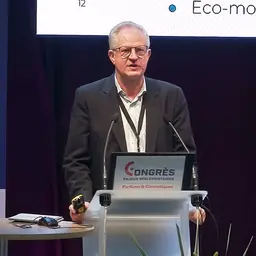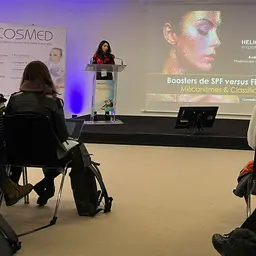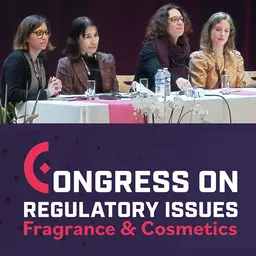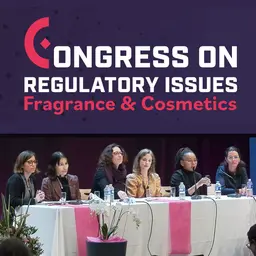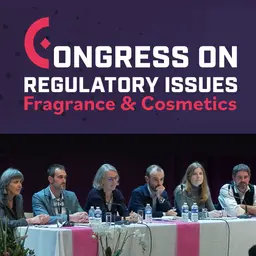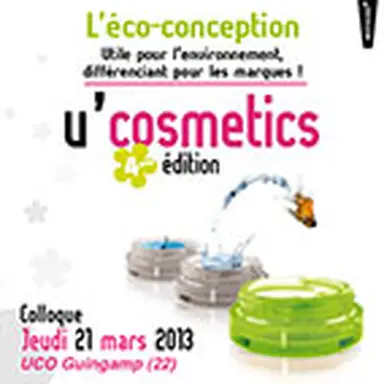
The principle of eco-design is not new in cosmetics: it has been discussed since the 1970s. But it is increasingly being talked about today, and as a necessary step. Many companies have committed themselves to this approach… yet quite complex and not so simple to implement. This was the theme of the symposium organized at the Université catholique de l’Ouest (UCO) on March 21, 2013 in Guingamp.
According to its definition, ecodesign is an approach that integrates environmental criteria as early as possible, from the design phase of a product or service, in order to reduce its impacts throughout its life cycle.
Did you say life cycle? This includes the production or extraction of raw materials, manufacturing, packaging, all upstream and downstream logistics (transport, distribution, etc.), consumer use and end-of-life (waste, recycling…).
This multi-step approach is therefore also multi-component since it includes products and formulas, sales packaging, grouping and transport packaging, consumables, POS advertising, etc., but also multi-criteria, taking into account the greenhouse effect, eutrophication (the deterioration of aquatic ecosystems), the depletion of natural resources, water and electricity consumption, pollution due to transport, waste production… in a way all the impacts on the air, water, the environment and, ultimately, on man.
At this stage, it is already clear how this very global approach can be complex and difficult to implement. Even if it often proves to be profitable, reducing the company’s costs and improving its performance in addition to meeting market expectations.
Where to take eco-design?
The first practical question that arises when you want to engage in this process is: where to start?
For Fabien Bouton, …



